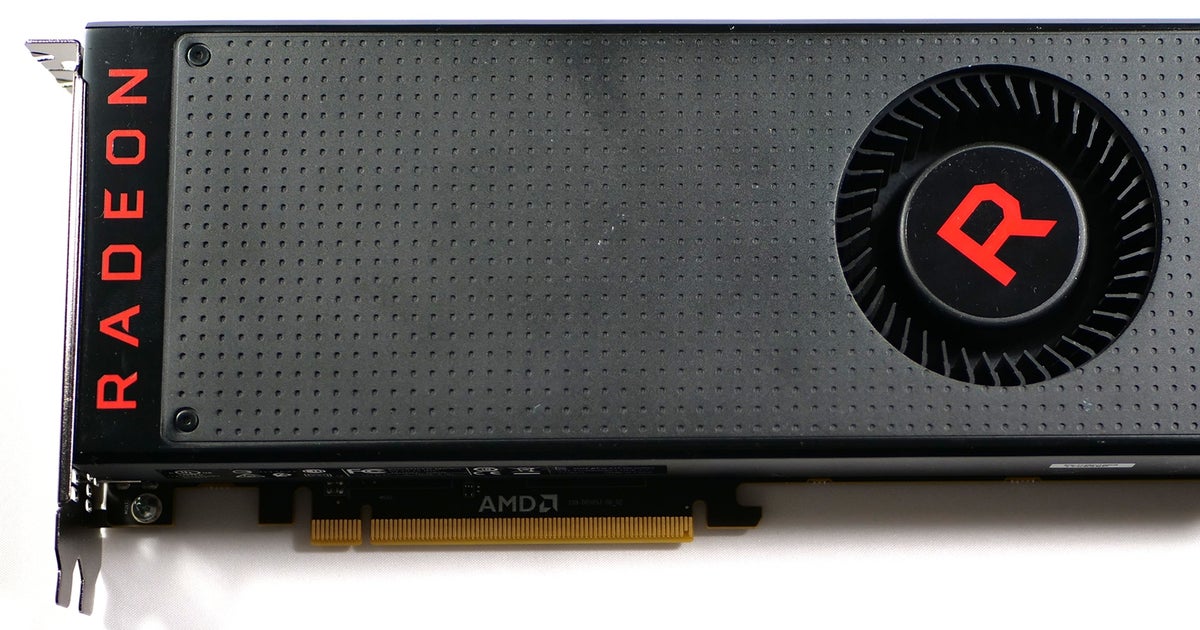Related posts:
- FIFA 23 early access, standard edition release times and dates
- Heardle answer today for Tuesday, 27th September: What is the song today for 215?
- Pokémon Go Johto Battle Challenge research quest steps, rewards
- Warzone best AMAX loadout: Our AMAX class setup and how to unlock the AMAX explained
- Dauntless patch notes: What’s new in update 0.8.0
- Modern Warfare and Warzone COD Points explained: How to get free and paid COD Points
